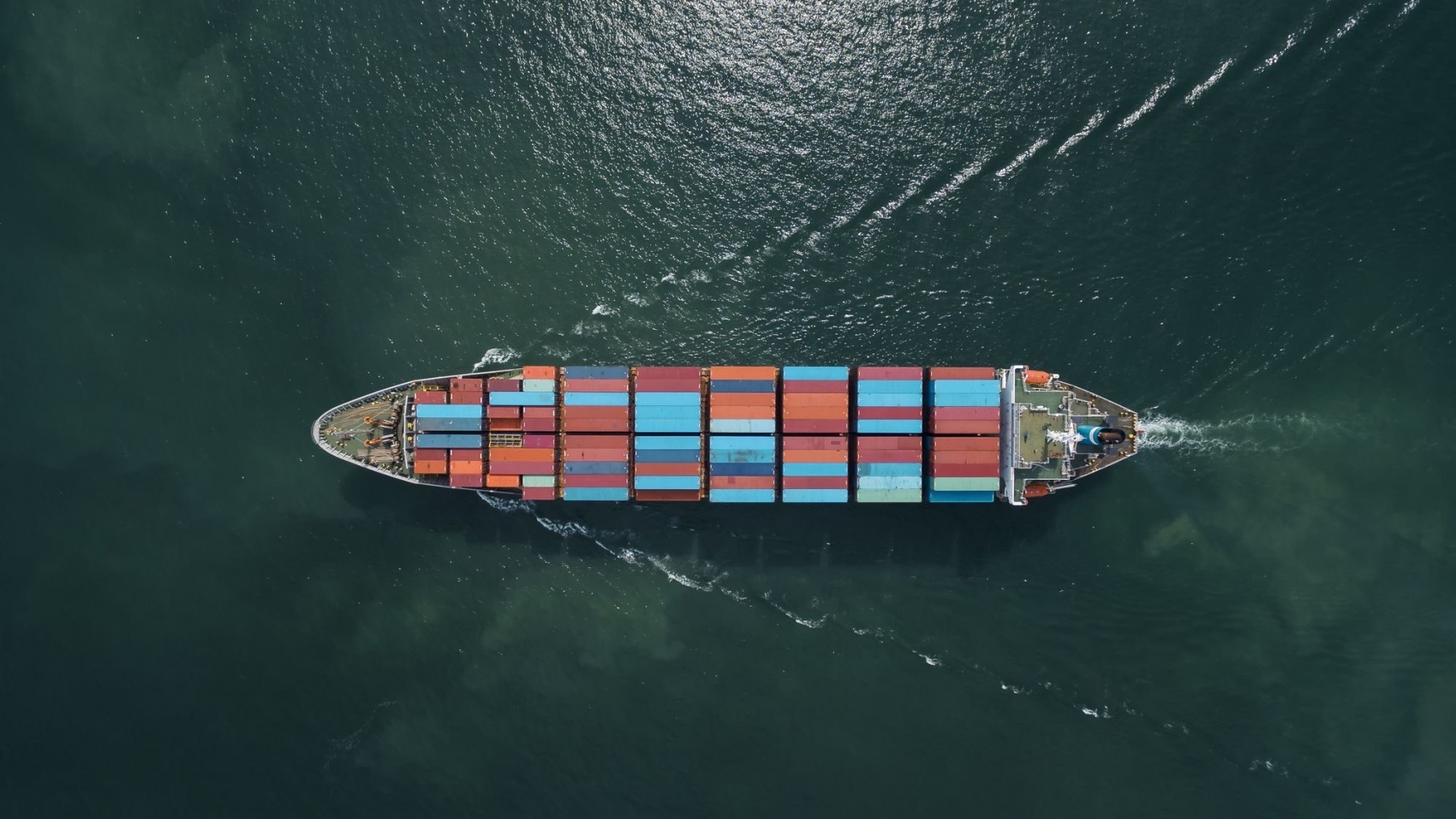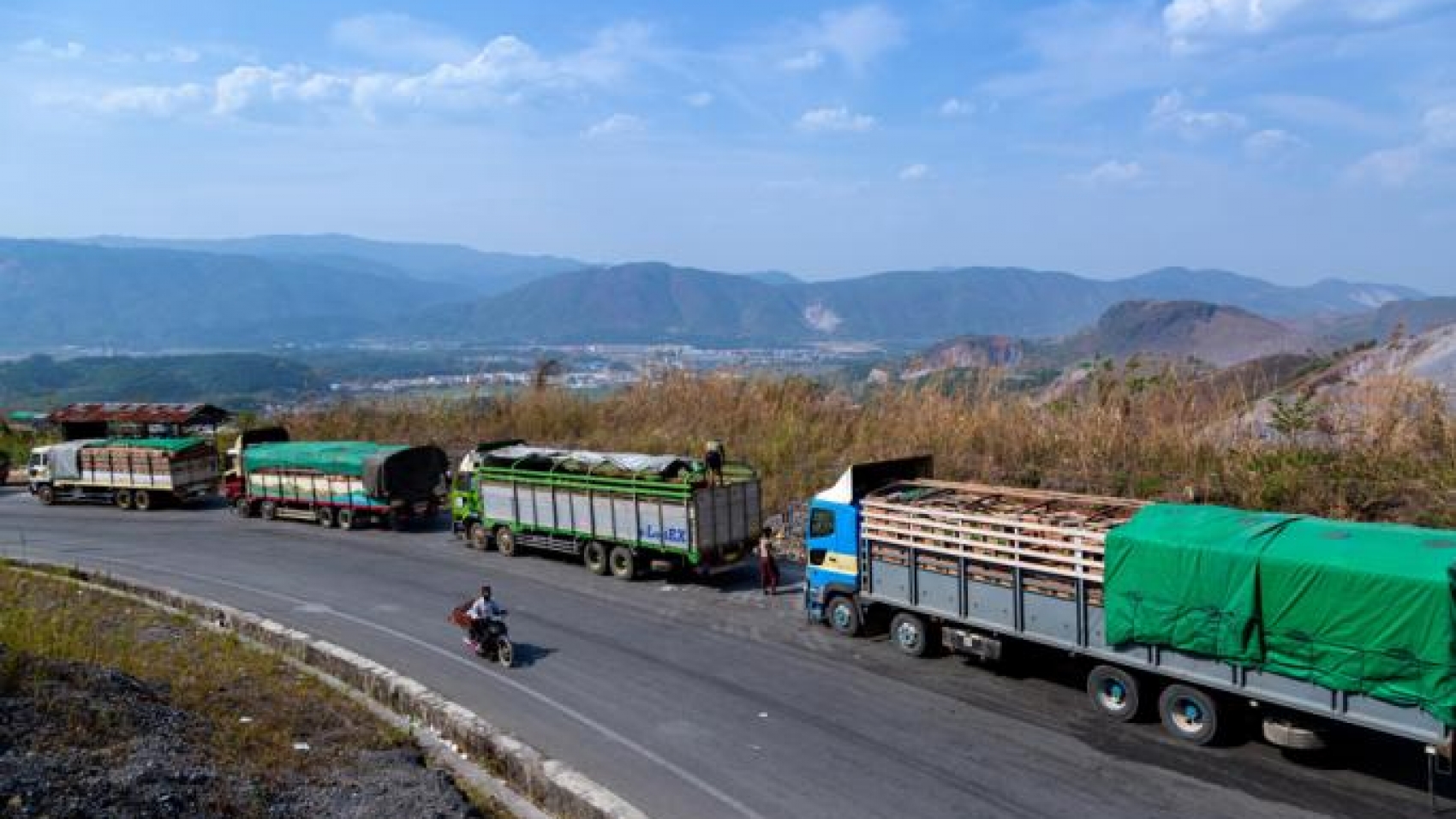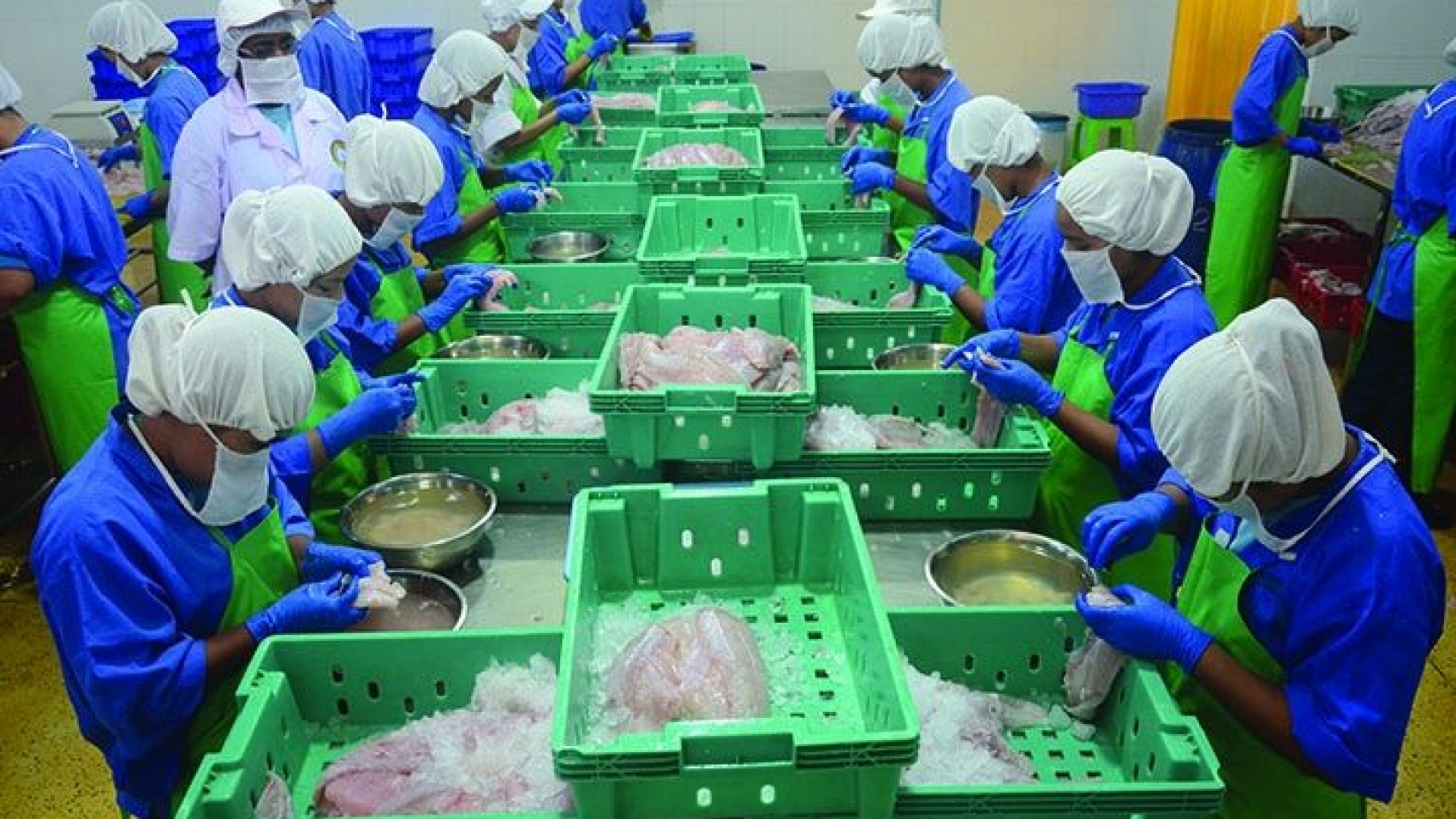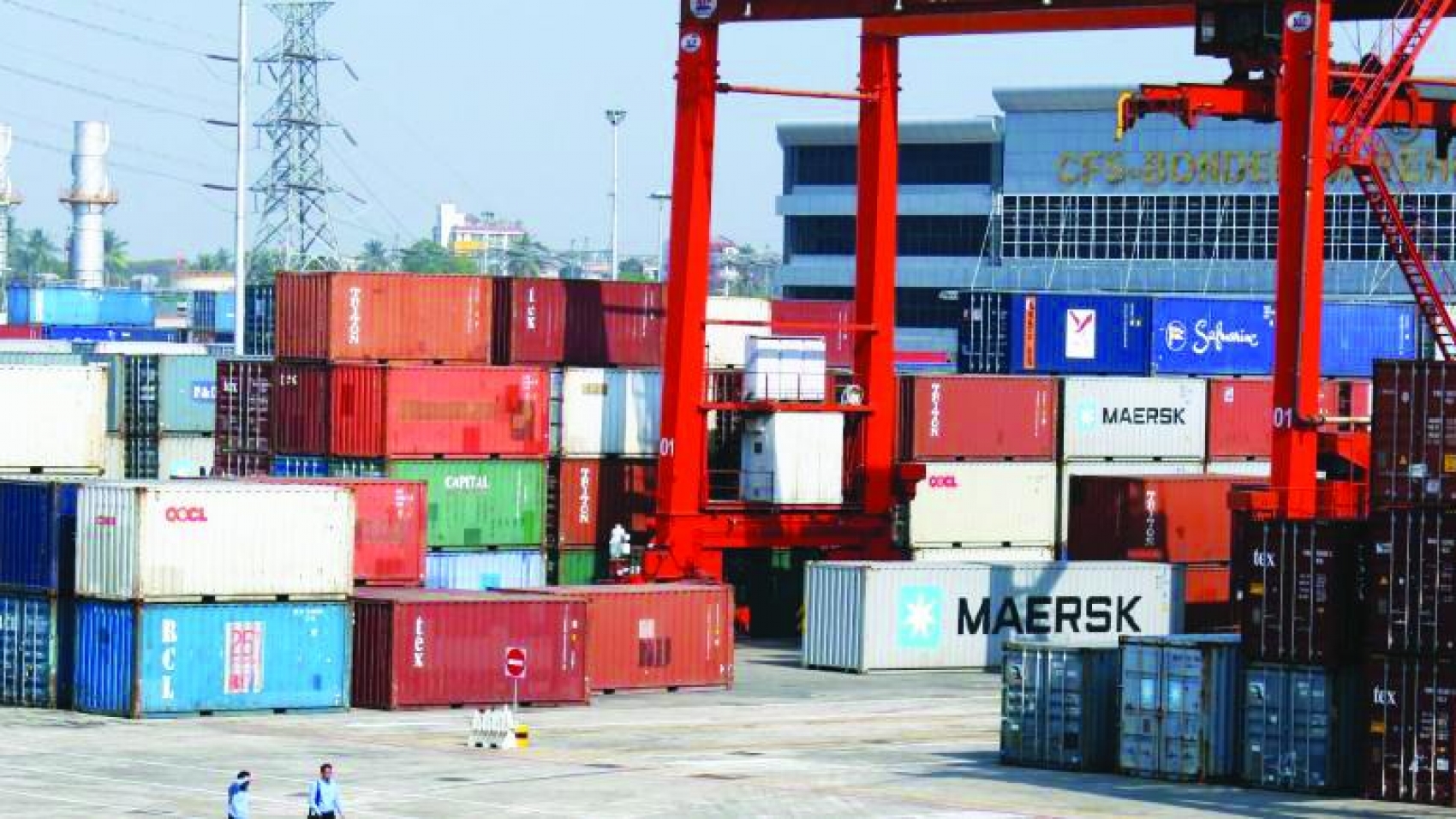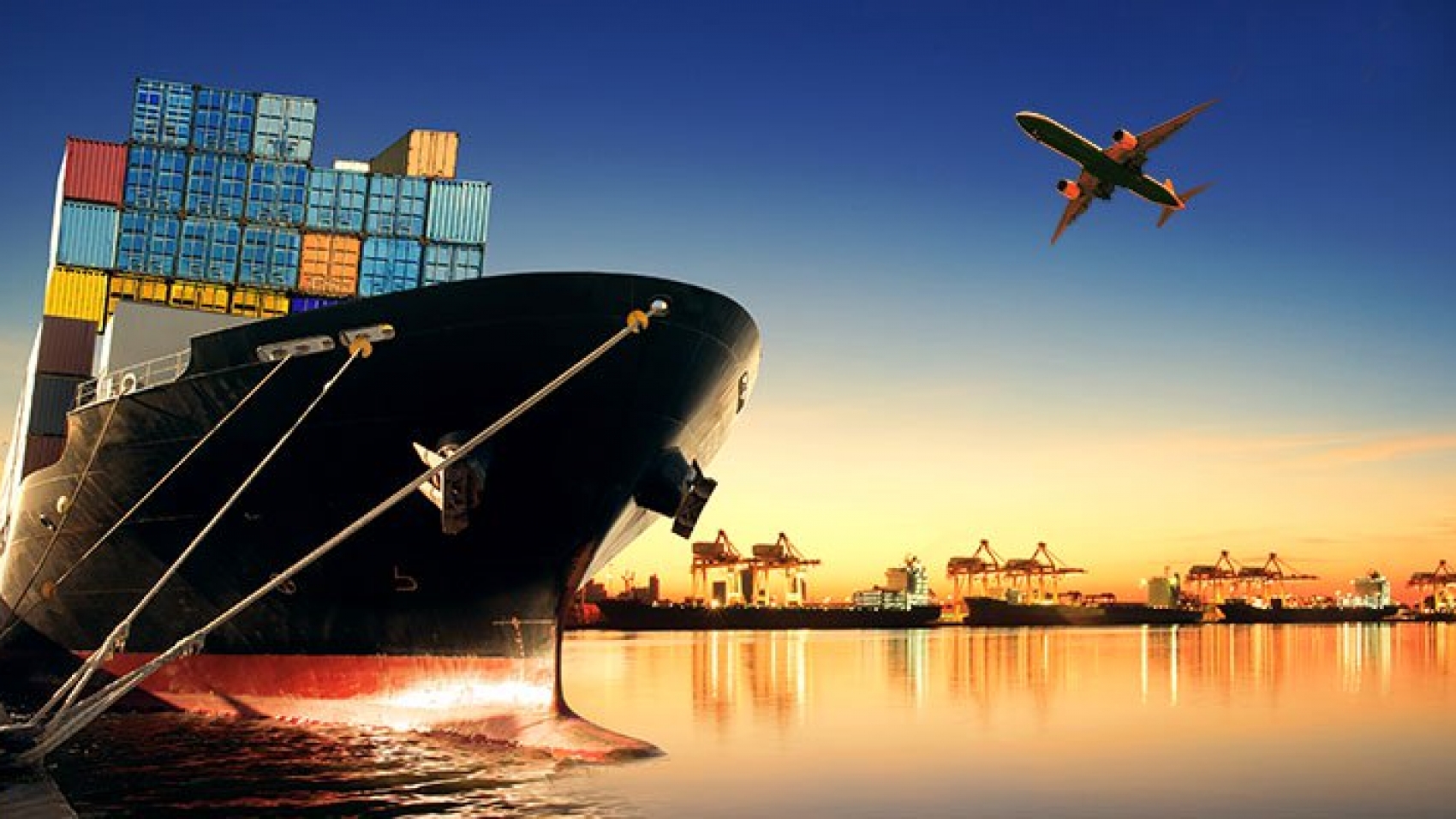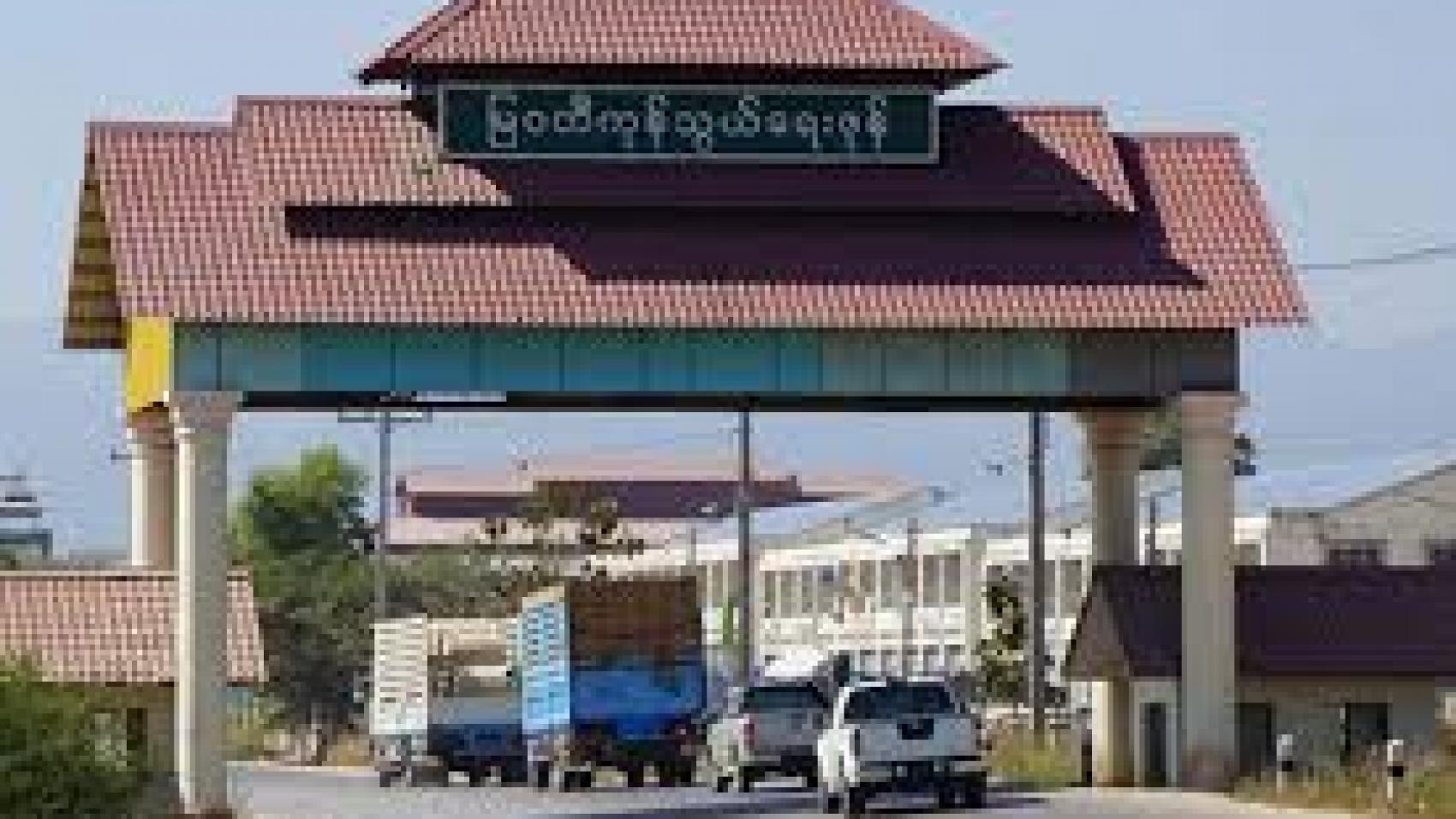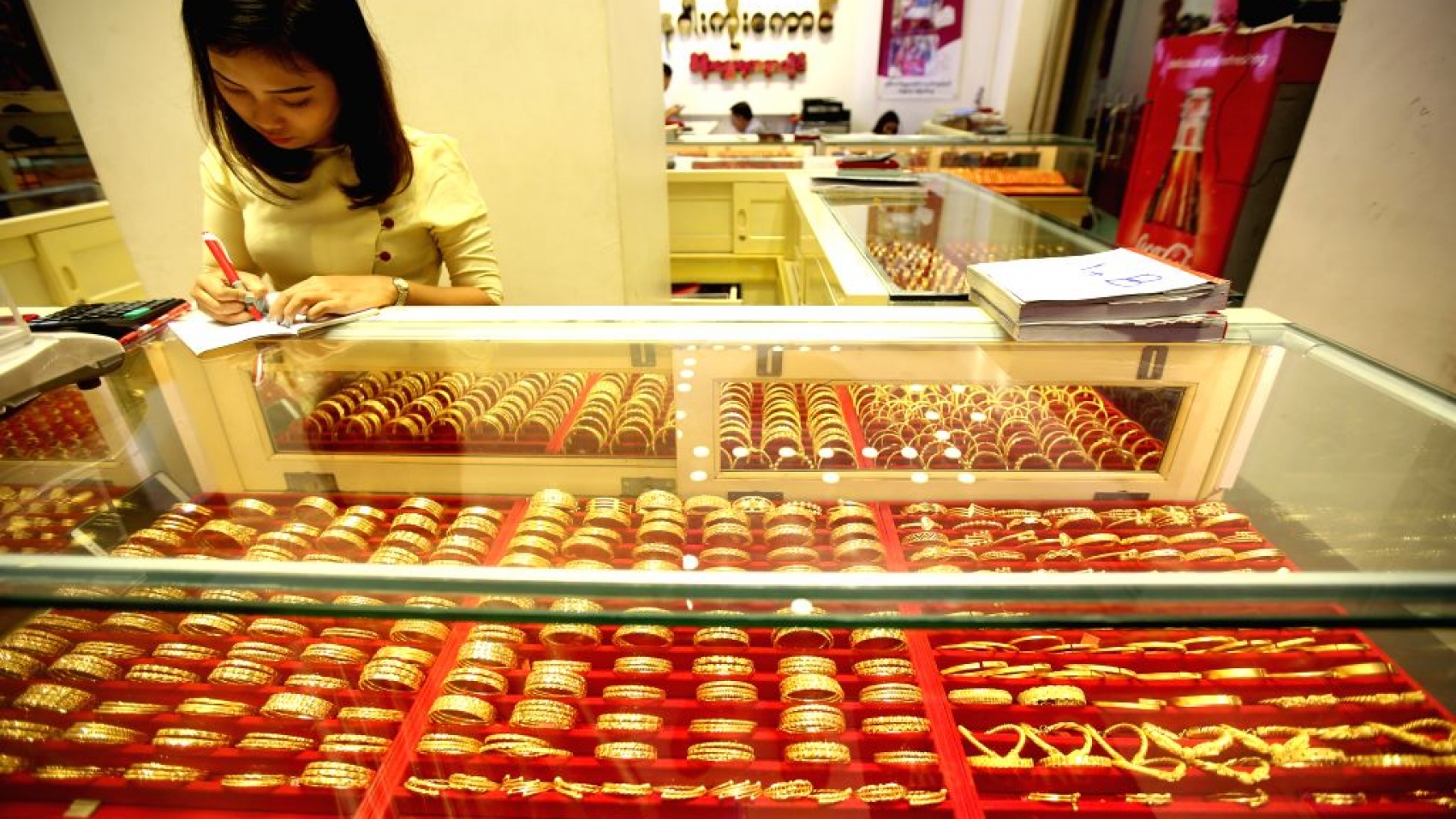The COVID-19 pandemic affected the country’s exports in the past nine months (1 October-9 July) of the current financial year 2020-2021, with a drop of 13.5 per cent as against last FY. Myanmar’s exports over the past nine months touched a low of US$11.98 billion, reflecting a tremendous drop of over $1.87 billion compared with a year-ago period of the previous FY, according to data from the Ministry of Commerce. During the corresponding period in the previous FY, exports stood at $13.86 billion, according to data released by the ministry.
The pandemic deals a severe blow to the manufacturing, livestock, fishery, forest, mineral and other service sectors as it disrupted the transport, supply chain and logistics sectors and shut down the events. Additionally, most people demand only staple food. As a result of this, the export sees the growth in the agriculture sector only this year. Drop in the exports of natural gas, gems and jewellery and CMP garments are contributing factors to the slump in exports, the Ministry of Commerce’s statistics showed. Both sea trade and border trade dropped amid the coronavirus impacts. The neighbouring countries restricted the border posts to contain the spread of the virus.
Pandemic-induced container shortage pushed up the freight rates in Myanmar, causing delays for exporters. Of the seven export groups, agricultural exports showed an increase of $953.74 million against a year-ago period whereas exports of livestock, forest products, minerals, fishery products and finished industrial goods drastically declined. Between 1 October and 9 July of the current FY, export values were registered at $4.1 billion for agro products, $17.37 million for livestock, $606 million for fishery products, $750 million for minerals, $101.6 million for forest products, $5.98 billion for manufactured goods, and $430.29 million for other goods. This year, Myanmar’s top export countries are listed China, Thailand, Japan, India, the USA, Spain, Germany, the UK, ROK and the Netherlands.
Source: The Global New Light of Myanmar

